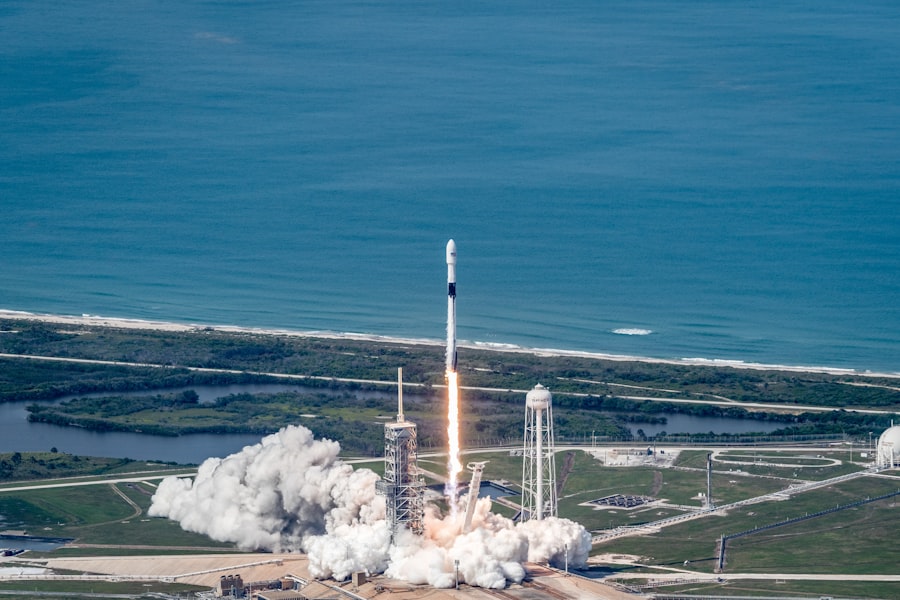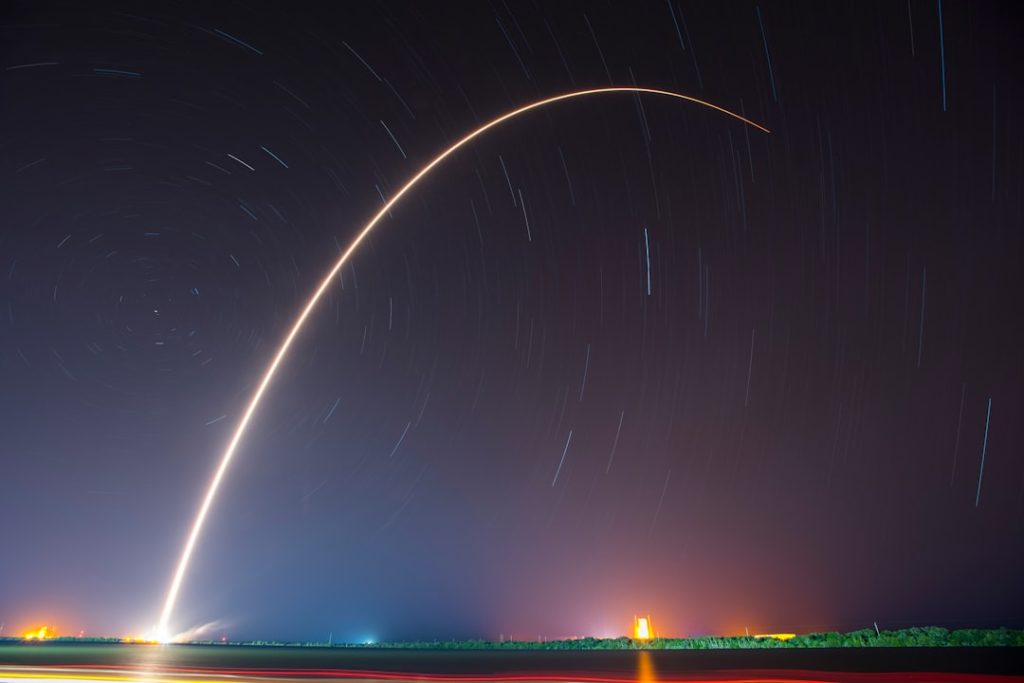SpaceX, founded by Elon Musk in 2002, has revolutionized the aerospace industry with its ambitious goals and innovative technologies. The company has made significant strides in reducing the cost of space travel and increasing accessibility to space through its reusable rocket technology. Scheduled launches are a critical aspect of SpaceX’s operations, as they not only represent the company’s commitment to advancing space exploration but also serve as a platform for various scientific, commercial, and governmental missions.
The meticulous planning and execution of these launches are essential for ensuring the success of each mission, which can range from deploying satellites to resupplying the International Space Station (ISS). The launch schedule is a dynamic document that reflects the evolving landscape of space exploration. It includes a variety of missions that cater to different sectors, including government contracts, commercial payloads, and international collaborations.
Each launch is meticulously planned, with timelines that can shift due to technical challenges, weather conditions, or other unforeseen circumstances. As SpaceX continues to push the boundaries of what is possible in space travel, its scheduled launches become a focal point for enthusiasts, scientists, and industry stakeholders alike, eager to witness the next chapter in humanity’s journey beyond Earth.
Key Takeaways
- SpaceX has a series of scheduled launches for various missions and payloads.
- Upcoming missions include satellite deployments, resupply missions to the International Space Station, and more.
- Crewed missions by SpaceX involve sending astronauts to the ISS and potentially beyond.
- Launch sites and facilities are located in Florida, Texas, and California.
- Future plans for SpaceX include developing the Starship spacecraft and expanding their launch capabilities.
Upcoming Missions and Payloads
SpaceX’s upcoming missions are diverse and ambitious, showcasing the company’s ability to cater to a wide array of clients and objectives. One of the most anticipated missions is the deployment of the Starlink satellite constellation, which aims to provide global broadband internet coverage. As of late 2023, SpaceX has already launched thousands of Starlink satellites into low Earth orbit (LEO), with plans for many more in the coming years.
Each launch typically carries dozens of satellites, and the company has been working diligently to enhance the technology behind these satellites to improve service quality and reduce latency. In addition to commercial payloads like Starlink, SpaceX is also involved in significant governmental missions. For instance, NASA has contracted SpaceX for multiple resupply missions to the ISS under its Commercial Resupply Services (CRS) program.
These missions are crucial for maintaining the ISS’s operations and supporting ongoing scientific research in microgravity. Upcoming CRS missions will deliver supplies, equipment, and experiments that are vital for astronauts living and working aboard the station. Each mission is carefully coordinated with NASA’s requirements and timelines, ensuring that the ISS remains a hub for international collaboration in space science.
Crewed Missions and Astronauts

SpaceX’s crewed missions represent a monumental achievement in human spaceflight, particularly with the Crew Dragon spacecraft. This vehicle was designed to transport astronauts safely to and from the ISS as part of NASA’s Commercial Crew Program. The Crew Dragon has successfully completed several crewed flights since its inaugural mission in May 2020, demonstrating its reliability and safety features.
Each mission involves a carefully selected crew of astronauts who undergo extensive training to prepare for their time in space. The astronauts participating in these missions come from diverse backgrounds and bring a wealth of experience to their roles. For example, NASA astronauts like Mark Vande Hei and Megan McArthur have played pivotal roles in recent Crew Dragon flights.
Their training encompasses not only technical skills related to spacecraft operation but also physical conditioning and psychological preparation for life in microgravity. The success of these crewed missions has reinvigorated public interest in human spaceflight and has paved the way for future endeavors, including potential missions to Mars.
Launch Sites and Facilities
| Launch Site | Location | Facilities | Launches |
|---|---|---|---|
| Kennedy Space Center | Florida, USA | Vehicle Assembly Building, Launch Control Center | 150+ |
| Baikonur Cosmodrome | Kazakhstan | Launch Pads, Assembly Buildings | 300+ |
| Vandenberg Space Force Base | California, USA | Space Launch Complex 6, Western Range | 200+ |
SpaceX operates several launch sites that are strategically located to support its diverse range of missions. The primary launch site is Cape Canaveral Space Force Station in Florida, which has been a historic site for numerous space missions since the early days of space exploration. This facility allows SpaceX to conduct launches into various orbits while benefiting from favorable weather conditions and proximity to the Atlantic Ocean for safe rocket landings.
In addition to Cape Canaveral, SpaceX has developed facilities at Vandenberg Space Force Base in California. This site is particularly advantageous for polar orbit launches, which are essential for certain satellite deployments and Earth observation missions. The ability to launch from both coasts of the United States provides SpaceX with flexibility in scheduling and mission planning.
Furthermore, SpaceX is actively developing its Starbase facility in Boca Chica, Texas, which is dedicated to testing and launching its next-generation Starship spacecraft. This ambitious project aims to facilitate deep-space exploration and interplanetary travel.
Future Plans and Developments
Looking ahead, SpaceX has laid out an ambitious roadmap that includes not only continued satellite launches but also plans for crewed missions beyond low Earth orbit. The Starship spacecraft is at the forefront of these developments, designed for deep-space travel with capabilities that could enable missions to Mars and beyond. The company envisions using Starship for a variety of purposes, including lunar landings as part of NASA’s Artemis program, which aims to return humans to the Moon by the mid-2020s.
In addition to interplanetary travel, SpaceX is also exploring opportunities for commercial space tourism. The Crew Dragon spacecraft has already demonstrated its capabilities with private missions, such as the Inspiration4 mission that sent an all-civilian crew into orbit. Future plans may include more such missions, allowing private individuals to experience space travel firsthand.
This burgeoning sector could open up new avenues for revenue generation while inspiring a new generation of space enthusiasts.
Environmental and Safety Considerations

As SpaceX continues to expand its operations, environmental and safety considerations have become increasingly important. The company is committed to minimizing its ecological footprint while ensuring that its launches are conducted safely. This includes rigorous assessments of potential environmental impacts associated with rocket launches, such as noise pollution, emissions, and effects on local wildlife.
Safety protocols are paramount in all aspects of SpaceX’s operations. Each launch involves comprehensive risk assessments and contingency planning to address potential emergencies during liftoff or ascent. The company employs advanced technologies and engineering practices to enhance safety features in its rockets and spacecraft.
For instance, Crew Dragon is equipped with an advanced launch escape system designed to protect astronauts in case of an emergency during ascent. These measures reflect SpaceX’s dedication to maintaining high safety standards while pursuing its ambitious goals.
Public Interest and Outreach
SpaceX has successfully captured public interest through its innovative approach to space exploration and transparent communication strategies. The company frequently engages with audiences via social media platforms, live-streaming launches, and providing updates on mission progress. This direct engagement fosters a sense of community among space enthusiasts and allows individuals from around the world to participate vicariously in each launch.
Moreover, SpaceX’s outreach efforts extend beyond social media interactions; they also include educational initiatives aimed at inspiring future generations of scientists and engineers. Collaborations with schools and universities help promote STEM (science, technology, engineering, mathematics) education by providing students with opportunities to learn about aerospace technology firsthand. By demystifying space travel and making it more accessible through public engagement, SpaceX plays a crucial role in shaping public perception of space exploration as an achievable goal rather than a distant dream.
Conclusion and Recap of Scheduled Launches
SpaceX’s scheduled launches represent a convergence of technological innovation, scientific exploration, and public engagement that defines modern space travel. With an array of upcoming missions that include satellite deployments, resupply flights to the ISS, and crewed journeys into orbit, the company continues to push the boundaries of what is possible in aerospace engineering. The commitment to safety and environmental stewardship underscores SpaceX’s responsibility as a leader in the industry.
As we look forward to future developments—such as interplanetary missions with Starship and advancements in commercial space tourism—the excitement surrounding SpaceX’s endeavors remains palpable. Each launch not only marks a significant milestone for the company but also serves as a testament to humanity’s enduring quest for knowledge beyond our planet. With every successful mission, SpaceX not only advances its own goals but also inspires countless individuals around the globe to dream big about what lies beyond Earth’s atmosphere.


